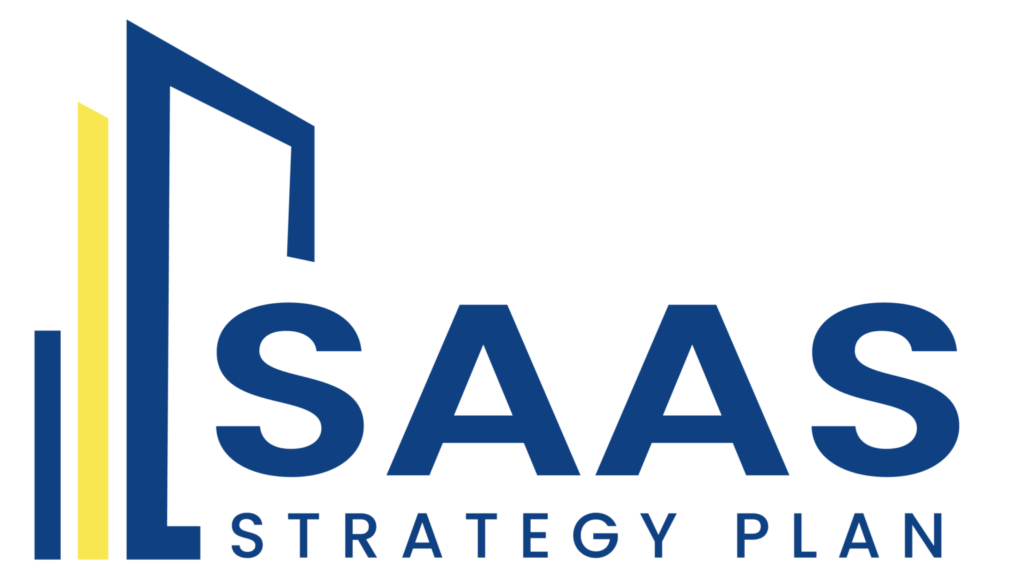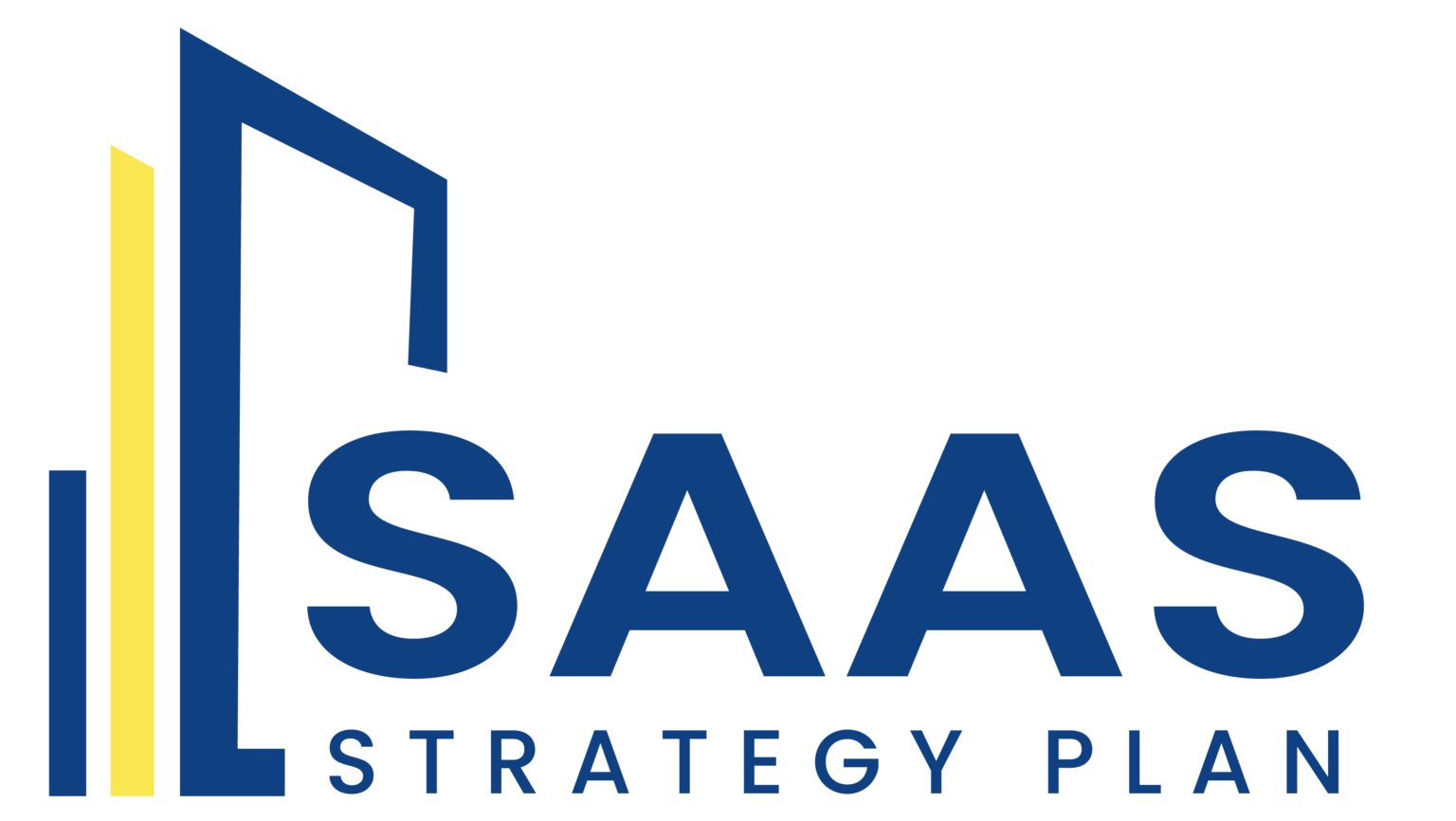How to Scale Your SaaS Business Without Burning Out
Introduction Scaling a SaaS business is one of the most exhilarating yet challenging journeys an entrepreneur can embark on. While growth often means success, it can also lead to stress, inefficiencies, and burnout if not managed correctly. As a SaaS founder, finding the balance between scaling quickly and maintaining sustainability is crucial. In this blog, we’ll explore actionable strategies to help you grow your SaaS business without overwhelming yourself or your team. Set Clear Priorities and Goals One of the first steps to scaling without burnout is to establish clear priorities. Growth can’t happen everywhere at once, so focus on areas that deliver the most value to your business. This could mean improving customer retention, increasing monthly recurring revenue (MRR), or optimizing your customer acquisition cost (CAC). Actionable Tips: Use frameworks like OKRs (Objectives and Key Results) to align your team with measurable goals. Identify 2-3 key growth drivers and channel resources into these areas. Regularly review and reassess your priorities to adapt to market changes. By focusing on a few impactful goals, you can reduce unnecessary distractions and ensure that your team’s energy is spent where it matters most. Build a High-Performance Team Your team is the backbone of your business. Scaling a SaaS company requires a group of motivated individuals who share your vision and are willing to tackle challenges head-on. However, managing a team also means delegating responsibilities effectively. Actionable Tips: Hire employees who align with your company culture and values. Invest in training and development to upskill your team. Empower your leaders to take ownership of their roles and contribute to the overall strategy. Remember, you can’t do everything on your own. A strong team allows you to step back and focus on strategic decisions while they handle execution. Streamline Operations Through Automation Scaling often means dealing with increasing workloads. To prevent burnout, leverage technology to streamline repetitive tasks and improve operational efficiency. Tools to Consider: CRM Software (e.g., HubSpot, Salesforce): Manage customer interactions and sales pipelines. Marketing Automation Tools (e.g., Mailchimp, Marketo): Automate email campaigns and lead nurturing Project Management Platforms (e.g., Asana, Trello): Keep your team aligned and track progress. Automation not only saves time but also reduces the risk of human error, enabling you to focus on high-value activities. Focus on Customer Retention Over Acquisition While acquiring new customers is essential, retaining existing ones often yields higher returns with less effort. Happy customers are more likely to renew their subscriptions, upgrade their plans, and refer others to your platform. Retention Strategies: Provide exceptional customer support through live chat or 24/7 ticketing systems. Regularly gather feedback to understand customer pain points. Offer loyalty programs or incentives for long-term subscribers. By prioritizing customer satisfaction, you’ll not only increase lifetime value (LTV) but also reduce churn rates. Track and Analyze Key Performance Metrics Scaling a SaaS business without monitoring performance is like driving blindfolded. Regularly tracking key metrics allows you to identify opportunities for improvement and make data-driven decisions. Key Metrics to Monitor: Monthly Recurring Revenue (MRR) Customer Acquisition Cost (CAC) Churn Rate Lifetime Value (LTV) Net Promoter Score (NPS) By keeping an eye on these numbers, you can adapt your strategy as needed and avoid potential pitfalls. Conclusion Scaling your SaaS business is an exciting journey, but it doesn’t have to come at the cost of your well-being. By setting clear goals, building a strong team, leveraging automation, focusing on retention, and tracking performance, you can grow sustainably and avoid burnout. Ready to take your SaaS business to the next level? Book a consultation with SaaSStrategyPlan to craft a tailored scaling strategy for your company.
How to Scale Your SaaS Business Without Burning Out Read More »



